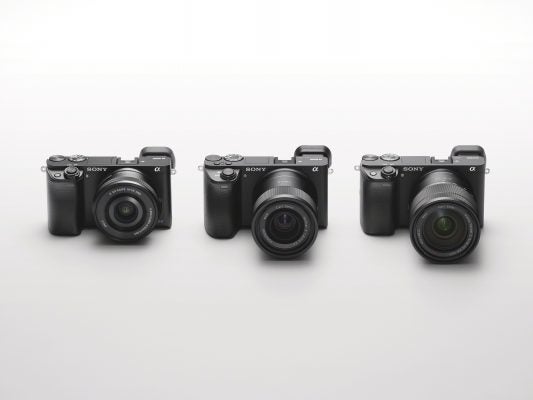We take a look at the new features of Sony’s top—of-the-line APS-C compact system camera
It’s only been a few months since Sony introduced the A6300, so it came as a little bit of a surprise to see a new model, the A6500, being announced already. The company says that the new camera is not intended to replace the older model, but instead sit alongside it as a more “premium” offering. Many of the features of the new camera are shared with the older version, so here we’ll take a look at exactly what’s new and what’s not.
Sony A6500 vs A6300: sensor
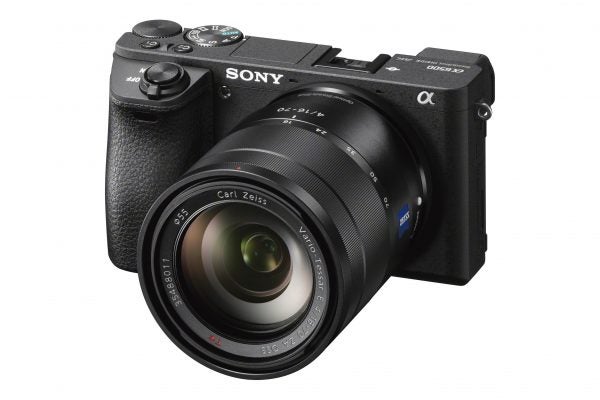
Sony has stuck with the same 24.2 megapixel sensor for the A6500 as was in the A6300. It’s APS-C in size, unlike the full-frame sensors in the company’s A7 range of cameras.
Sony A6500 vs A6300: processor
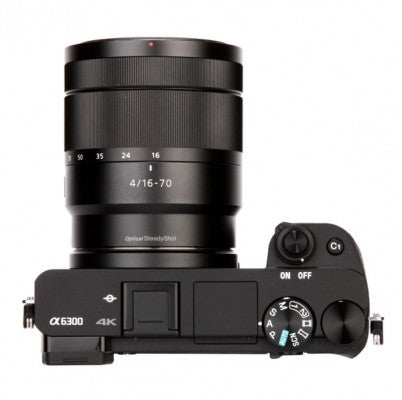
While both cameras have a Bionz X processor, the A6500 has a new front-end LSI chip which brings with it a few distinct advantages. For starters, there’s an increased buffer depth, and image quality – especially at higher ISOs – should also be improved. It’ll be interesting to see how image quality from both compares in real-world testing.
Sony A6500 vs A6300: autofocus
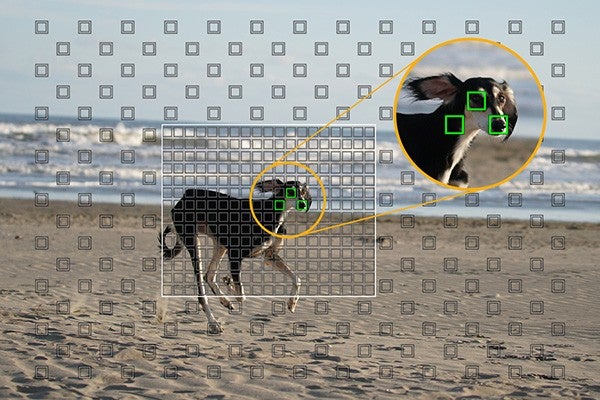
Sony was rightly very proud of the autofocusing in the A6300, so it’s no surprise to see the same system on offer here. There’s 425 phase detection AF points, which boast 0.05 second autofocus speeds, as well as other options such as Lock-on AF and Eye-AF.
Sony A6500 vs A6300: stabilisation
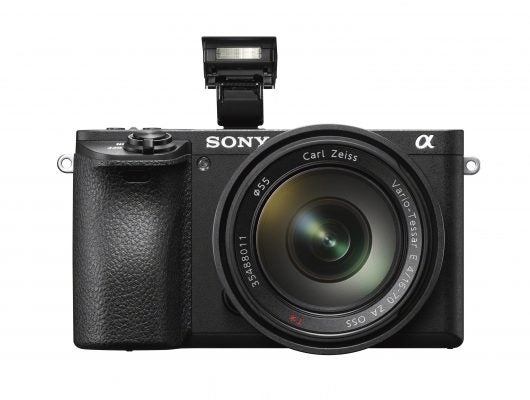
A new feature for the A6500 is a new 5-axis image stabilisation system. This provides up to 5 stops of shutter speed advantage when compared to the previous system. That means you should be able to shoot at slower speeds without the risk of image blur creeping into your shots. When you half press the shutter release, you’ll be able to see the effects of the stabilisation, which should make framing shots easier – especially when using telephoto lenses.
Sony A6500 vs A6300: frame rate
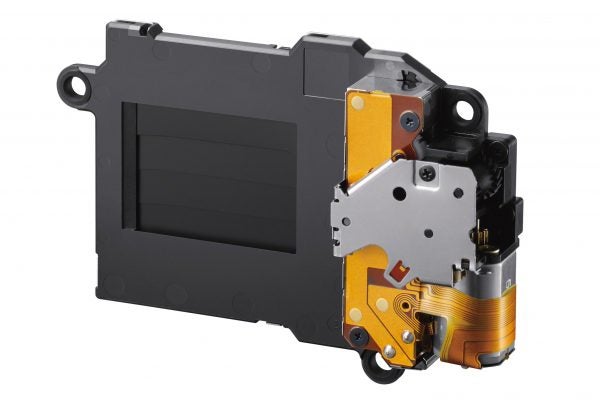
The maximum continuous speed of both cameras is an impressive 11fps in Hi+ mode. However, the new front-end LSI has increased the buffer depth to 307 images for the A6500 (in ‘Fine’ image quality), giving you around 35 seconds of shooting time to choose from.
Sony A6500 vs A6300: screen & EVF
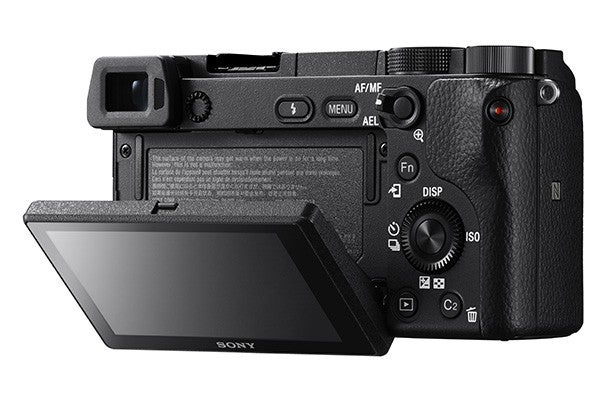
For years, Sony has been extremely reticent to include touch-sensitive technology in its high-end cameras. Finally, it has given in to demand and included touch capability for the A6500. Otherwise, the screen specifications stay the same – they’re both 921k-dot resolution, 3-inch and with the ability to tilt up and down. The new touch functionality works while using the viewfinder too, meaning you can select autofocus point while holding the camera up to your eye and touching the screen. The electronic viewfinder has stayed the same between both cameras.
Sony A6500 vs A6300: video

Both the cameras offer 4K video recording with full pixel readout and no pixel binning, making them a great choice for videographers. A new feature of the A6500 is Slow and Quick mode which supports both slow motion and quick motion. This means you can choose frame rates between 1fps and 100fps in 8 different steps for up to 50x quick motion and 4x slow motion recording.
Sony A6500 vs A6300: body design

The cameras both feature a tough magnesium alloy body with a robust lens mount. They are dust and moisture resistant, but the new a6500’s shutter release has been tested to 200,000 cycles which should ensure increased durability. The new camera also has a redesigned menu layout – the company did something similar for the new A99 II – which should make it easier to find certain settings.
Sony A6500 vs A6300: battery life
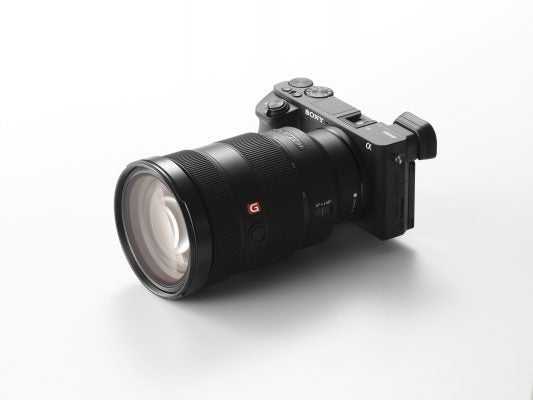
While the older camera had a battery life of 350 shots, the new front-end LSI seems to have had an impact, reducing battery life down to 310 shots. With either camera it seems extremely likely that you’ll need more than one battery to ensure the camera lasts for a full day of heavy shooting.
Sony A6500 vs A6300: price

Neither of these cameras are cheap, but the A6300 – as you might expect – has a lower price tag than its more premium brother. The A6500 will go on sale for around £1500 body only. By contrast, the A6300 will set you back around £925. There’s enough differences here to make having both cameras in the line-up worthwhile – choosing between the two will depend on whether you think the extra features are worth the price premium.
Read more:





